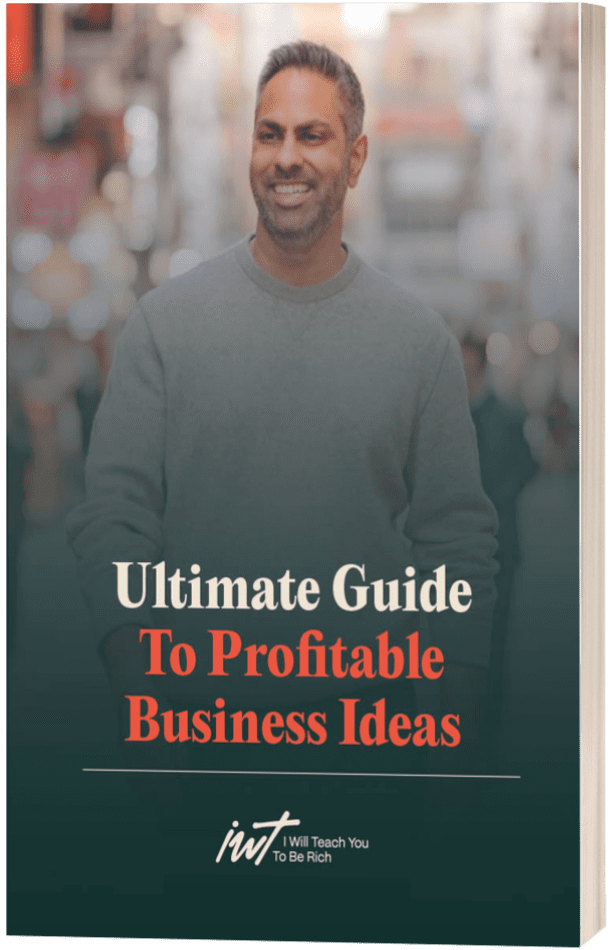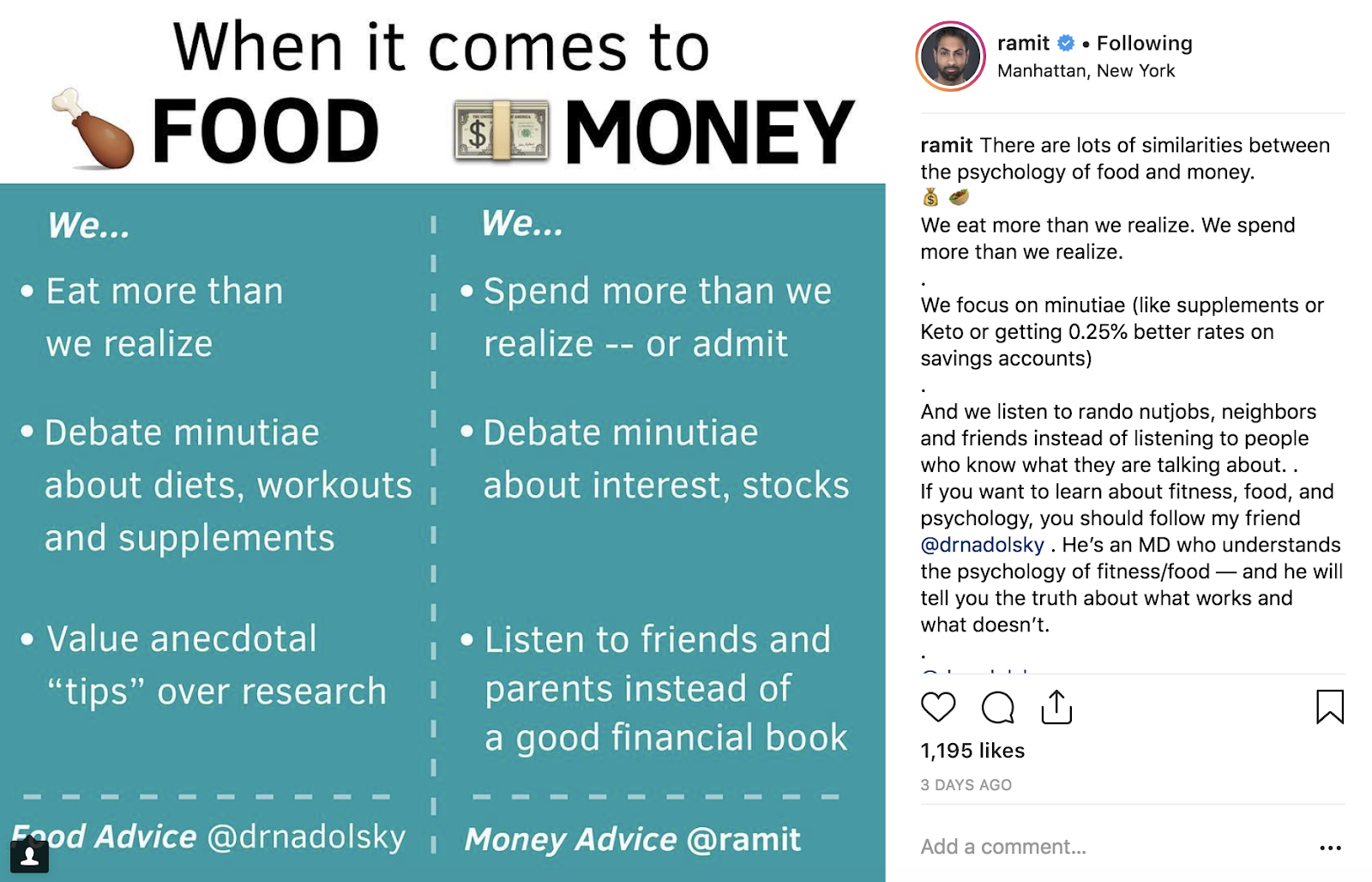While starting a business can be complex, the easiest thing you can do is to start mapping out a simple business plan.
Forget complicated ideas, your business plan should answer:
- The problem I’m solving
- Who I’m solving it for
- The competitors who I can emulate and outperform
- How I plan to profit with this business.
In this post, I’ll show you how you can turn your simple business plan into a profitable business in five simple steps.
1. Identify your potential audience (and customers)
Other than coming up with a business idea and validating it, you should know where to find your potential customers. In other words, you know where they hang out, the websites they read, the people they follow, etc.
You might already “know” who your target market is, but I challenge you to question what you think you’re certain of at this point. You don’t want to close off any promising avenues when you’re just getting started.
As an example, let’s say your idea is to help people lose weight. A few groups you could target:
- Moms who just had a baby and would like to shed their baby weight
- Office employees who have a beach vacation coming up later in the year
- To-be brides who want to prepare to fit in their wedding dress
- Single people who want to change the way they look to feel more attractive to potential mates
- Parents who discover that they don’t have the energy to keep up with their kids
Think broadly and use your imagination to come up with all sorts of people who could use your help. No group of people is too crazy. The goal is to write down ALL of the potential audiences, without worrying if they fit into your business yet.
Action step: List AT LEAST 5 potential audiences who might be interested in your idea.
Remember, starting a new business doesn’t have to be daunting, I’ve helped thousands of people build their own businesses and you can do the same by watching the video below!
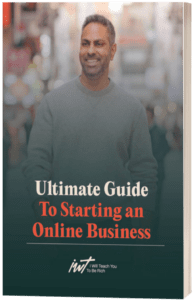
It’s one of the best things I’ve published (and 100% free), just tell me where to send it:
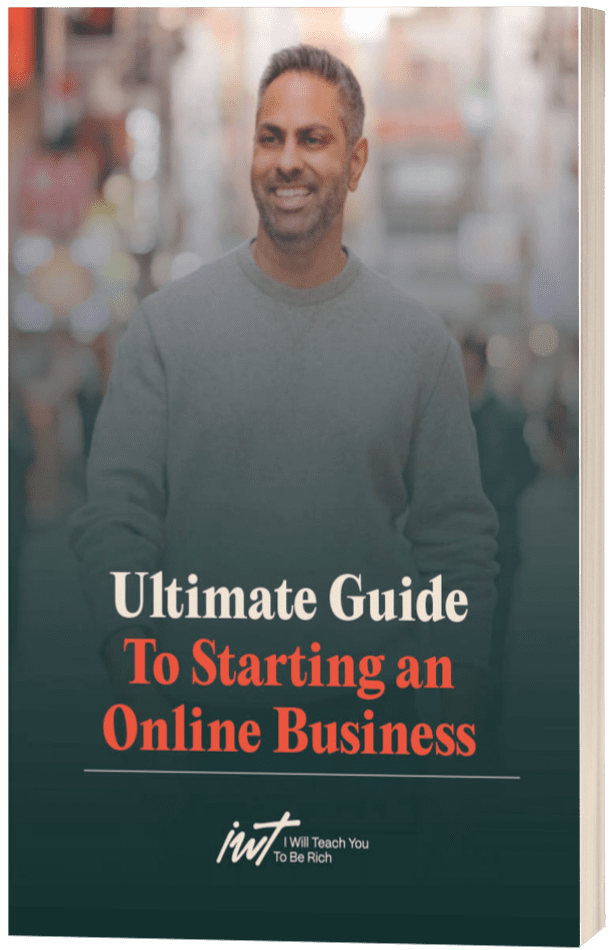
2. Find your potential audience
After identifying the kinds of customers you want to help, the next step is to figure out where to find these folks so that you can, at a later time, attract them to come to your website through guest posting. They could be:
- Readers of popular sites like Lifehacker, Mindbodygreen, or someone’s blog
- Users of open forums like Reddit
- Subscribers and followers to specific YouTube channels, Facebook pages, and Instagram influencers
We call these places where they congregate “fishing holes.” The other side of the coin here is to imagine what these people are like. What kind of person are they?
For example, if they’re an avid reader of a site like Lifehacker, you can deduce that they’re into personal development, and if we go a little deeper, are possibly an autodidact — someone who likes to learn and do things on their own. If that’s the case, maybe they read similar sites like MakeUseOf, or cross over to other areas of personal development like fitness and read blogs like Nerd Fitness.
These fishing holes don’t have to be directly related to your topic. You can find ideas that may be tangentially related to another industry. Here’s an example of a crossover that makes sense:
Founder of IWT cross-pollinating ideas between the fitness and personal finance industries.
As you wade through all the possible fishing holes, you start to paint a clearer picture of just how big your market can be — and potentially how profitable your idea is.
Action step: List AT LEAST 5 fishing holes where you can find your potential audience.
3. Solve the BIG problems your customers need help with
The previous two action steps helped you build a model of what your ideal customers look like. Now it’s time to get into their heads.
Specifically, we find out about their problems. What keeps them up at night? What problems do they face that they wish they could wave a magic wand and have automatically solved? These are your customers’ burning pains, which your products and services would also orbit around.
To get inside your customers’ heads, we use something called the Immersion Strategy, where you really immerse yourself among your audience. Go to the fishing holes and read the comments, follow the links, watch the videos, and see what people search for on Google.
Check out my Ultimate Guide to Profitable Business Ideas for a deeper dive into this:
Your goal is to truly understand what their burning pains are and also the way they describe them — their truth. Tune in closely to the words they use with their closest friends. For example, if someone wants to lose weight, they wouldn’t say, “I’d like to eliminate the adipose tissue around my body to correct my triglyceride levels.”
NO ONE TALKS LIKE THAT.
They’d use real, everyday language that sounds more like, “I hate the way my underarms jiggle when I clap or raise my hands. If only there was a way I could tone them up, I’d feel so much better about wearing sleeveless shirts.” You can tell this is a burning pain because of the emotions they highlight, and it feels visceral and relatable. Other examples of burning pains:
- “I never know what to talk about on the first date. What do I do when I run out of things to say?”
- “I absolutely dread making small talk with my coworkers — it’s so pointless.”
- “The weight room is so intimidating. I don’t even know what to do and everyone looks so fit! I’d feel out of place.”
Action step: List AT LEAST 5 burning pains your potential audience might have.
4. Provide solutions to your customers
Once you’ve taken the time to learn about your customers’ problems and burning pains, you should start to generate about a bajillion ways you could help them.
Your mind might go to a program or maybe even a 12-week course, but you need to earn your customers’ trust first with a quick win, aka a “crunchy solution.” They’re “crunchy” because they give someone an immediate benefit. This is what you would provide to entice people to join your email list.
For example, the blog you’re reading provides free resources for you to level up your personal finance journey. It’s impossible to put every piece of advice on managing your money into blog posts alone, so I condensed my best ideas into Ultimate Guides, which you can get below:
Action step: List AT LEAST 5 crunchy solutions you can come up with.
5. Conceptualize the products you can sell
This is the fun part that everyone loves: building cool stuff that makes you money. Up ‘till now, you’ve learned:
- Who your potential customers are
- Where they hang out
- What problems they have
- The solutions you can provide
The next leap is to turn those solutions into full products that your customers will happily pay you money for. You likely won’t be at this stage within a couple of days or months — sometimes it may even take years! But fast forward to a year and imagine that you’ve built your email list to thousands of subscribers.
You’ve talked to them enough that you know their pains, hopes, dreams, and frustrations; and you’ve already given them crunchy solutions. You’ve already proven yourself as someone they can turn to for help. All that’s left is for you to create a product (or products) that they would be more than happy to pay for.
Let me show you how I do this with my business at IWT:
Beyond the crunchy solutions (the Ultimate Guides) I give my audience, I keep myself connected with my readers by inviting them to join my Insider’s newsletter, which I send out to over 800,000 readers, and they get exclusive tips that I don’t put out on this blog.
If you’re interested in being an Insider’s reader, you can sign up here:
From my email list, I introduce my readers to several online courses I’ve built over the years which they can buy to either level up their relationship with money with my Money Coaching course, or learn to start their own business with Earnable. Earnable is my most popular and successful online course, you can take a sneak peek inside below:
You don’t need to come up with full blown courses to sell to your audience. You could do consulting if you’re an expert in your field, and that would also be a profitable business you can run. If you’ve made it this far with your simple business plan, you most definitely can think up of products/services that you can give your audience.
Action step: List AT LEAST 5 potential products (or services) you can offer.
Putting it all together
You now know who to reach, where to find them, what problems they’re facing, what solutions you can offer them, and multiple ways you can potentially monetize.
And the best part is, you didn’t waste a bunch of time, money, and energy creating duds. Plus, if one thing doesn’t work you just move to the next audience, fishing hole, solution, or product.
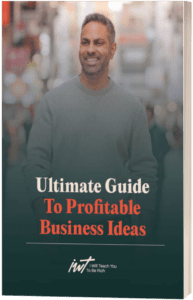
It’s one of the best things I’ve published (and 100% free), just tell me where to send it:
